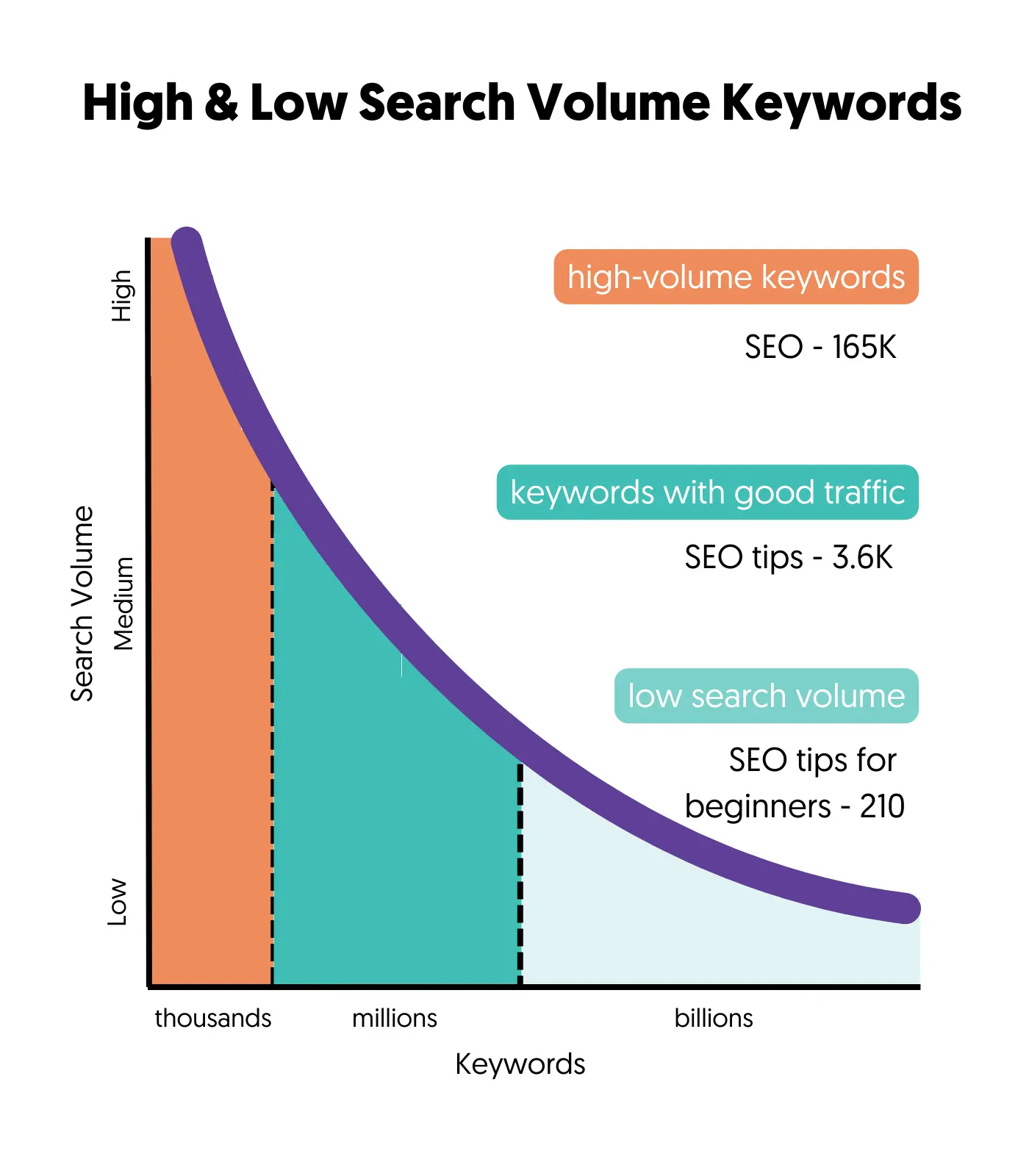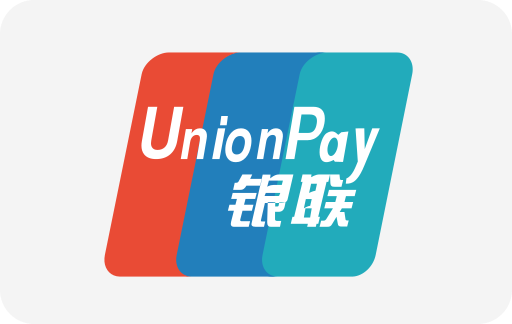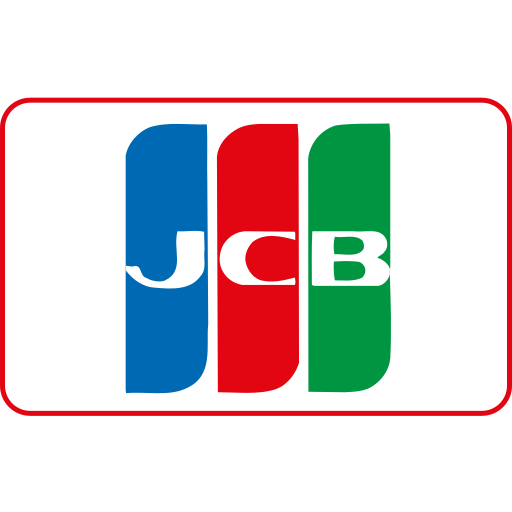To analyze keyword difficulty and search volume effectively, you should combine quantitative data from reliable SEO tools with qualitative assessment of competition and user intent.
Keyword Difficulty measures how hard it is to rank for a keyword, usually scored from 1 to 100 based on competition strength. Tools like SEMrush, Ahrefs, or Moz provide this metric by analyzing the authority and number of competing pages.
Search Volume indicates the average monthly number of searches for a keyword, reflecting its popularity and potential traffic. High search volume often means more competition, while low volume may mean less traffic but easier ranking.
Effective Analysis Steps:
-
Use SEO Tools for Data
Use tools such as Google Keyword Planner, SEMrush, Ahrefs, or Keywords Everywhere to get keyword difficulty scores and search volume estimates. These tools pull data from Google and other sources but remember volumes are approximations and can be bucketed. -
Balance Volume and Difficulty
Prioritize keywords with a good balance: enough search volume to bring meaningful traffic but not so competitive that ranking is unrealistic. For smaller or newer sites, focus on lower-volume, lower-difficulty long-tail keywords that indicate specific user intent and are easier to rank for. -
Evaluate SERP Competitors
Analyze the first page of search results for the keyword. Check if low Domain Authority (DA) sites rank well (indicating weak competition) or if strong authoritative sites dominate. This qualitative check helps validate the keyword difficulty score. -
Consider Keyword Intent
Understand the user’s intent behind the keyword—informational, navigational, transactional, or commercial. Keywords aligned with your business goals and content relevance are more valuable, even if their volume is moderate. -
Use Keyword Golden Ratio (KGR) or AllInTitle Method
Calculate the ratio of pages with the keyword in the title to the search volume. A low ratio suggests easier ranking opportunities, especially for niche or long-tail keywords.
Summary Table
| Aspect | What to Check | Tools/Methods | Notes |
|---|---|---|---|
| Keyword Difficulty | Competition strength (1-100 scale) | SEMrush, Ahrefs, Moz | Score helps filter easy vs hard keywords |
| Search Volume | Average monthly searches | Google Keyword Planner, KE, SEMrush | Approximate; high volume = more traffic but more competition |
| SERP Competitors | Authority and number of ranking sites | Manual SERP analysis | Low DA sites ranking = easier competition |
| Keyword Intent | User goal behind the search | Manual analysis | Align with business goals for best ROI |
| Keyword Golden Ratio | Ratio of allintitle results to search volume | Manual calculation | Low ratio (<0.25) indicates easier keywords |
By combining these quantitative and qualitative methods, you can effectively identify keywords that are both achievable to rank for and valuable in driving relevant traffic to your site.




















WebSeoSG offers the highest quality website traffic services in Singapore. We provide a variety of traffic services for our clients, including website traffic, desktop traffic, mobile traffic, Google traffic, search traffic, eCommerce traffic, YouTube traffic, and TikTok traffic. Our website boasts a 100% customer satisfaction rate, so you can confidently purchase large amounts of SEO traffic online. For just 40 SGD per month, you can immediately increase website traffic, improve SEO performance, and boost sales!
Having trouble choosing a traffic package? Contact us, and our staff will assist you.
Free consultation